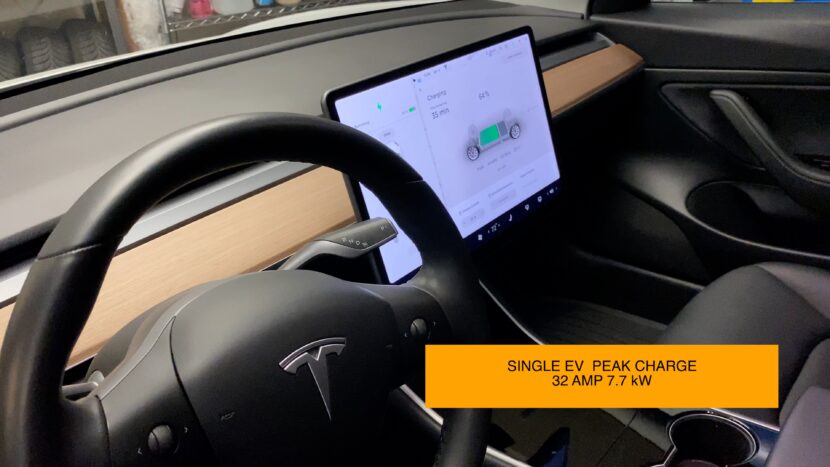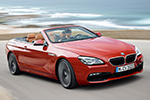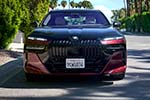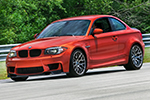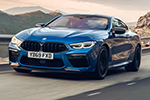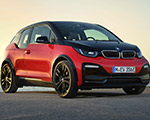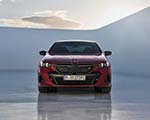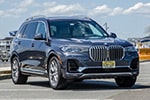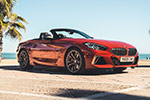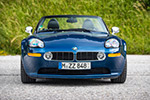BMW is getting ready to take a direct swing at Tesla’s most popular electric vehicle. The German automaker has confirmed that production of the new BMW i3 Neue Klasse sedan will begin in July 2026 at its Munich plant, setting the stage for an early 2027 launch. Unlike the quirky carbon-fiber hatchback that once bore the i3 name, this next-generation i3 is a proper sedan—longer, lower, and designed to compete head-on with the Tesla Model 3.
Codenamed NA0, the 2027 BMW i3 rides on the Neue Klasse platform, a fully reengineered EV architecture built around BMW’s latest battery and motor technology. The sedan will be offered in several trims, including i3 20, i3 40, i3 40 xDrive, i3 50, i3 50 xDrive, and a performance flagship, the i3 M60 xDrive. Across the board, the specs suggest BMW is aiming to take away a meaningful share of the premium electric sedan market—Tesla’s home turf for the better part of a decade.
Powertrain and Performance: BMW Catches Up Fast
BMW is targeting the Tesla Model 3 Performance with its new i3 M60 xDrive, which is rumored to deliver up to 630 horsepower. That puts above the Model 3 Performance, which generates 510 horsepower and accelerates from 0 to 60 mph in 2.9 seconds. Both cars will feature dual-motor all-wheel-drive setups in their top trims. Also, BMW’s Gen6 battery and motors will offer greater efficiency and power density than the outgoing Gen5 tech stack. It’s unclear though whether BMW i3 will beat the Model 3 in efficiency. While full acceleration times for the i3 haven’t been disclosed yet, the performance envelope is clearly aimed at matching or exceeding what Tesla currently offers.
Lower trims like the i3 40 and i3 50 will likely target Tesla’s RWD and Long Range AWD variants, with a balance of everyday performance and efficiency.
Range and Battery Technology: A New Benchmark for BMW
One of the most eye-catching specs on the upcoming i3 is its potential driving range. Sources say the i3 50 could deliver up to 900 kilometers (560 miles) of range on a full charge, depending on the regional test cycle. That figure far exceeds Tesla’s official EPA estimate for the Model 3 Long Range, which sits at 360 miles (580 km) WLTP. The leap comes thanks to BMW’s sixth-generation battery technology, featuring cylindrical cells with 20% more energy density than the current Gen5 pouch cells. The new format also enables a 25% improvement in overall range and reduces weight and cooling requirements.
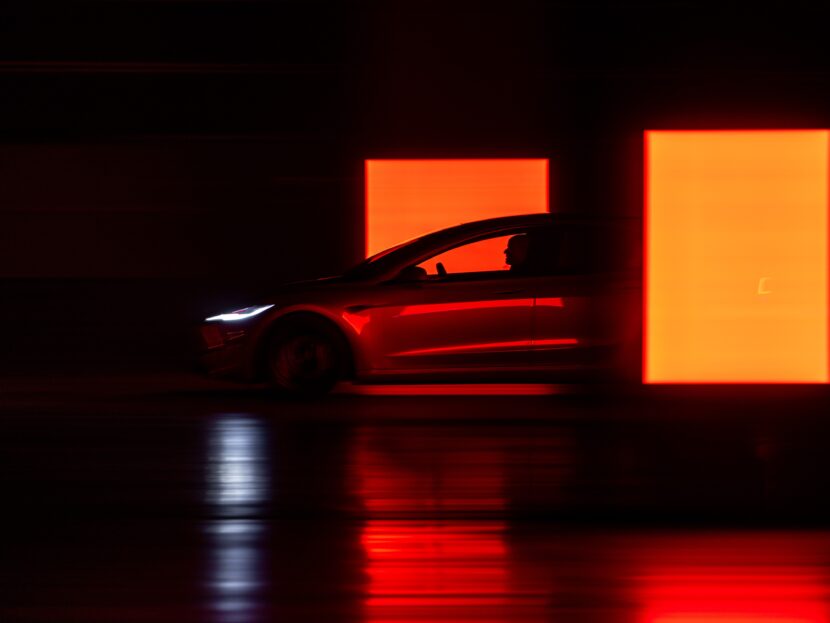
By comparison, Tesla uses a mix of LFP (in base models) and NCA/NMC (in Performance and Long Range) batterychemistries. While Tesla’s real-world efficiency remains impressive, BMW’s upcoming Gen6 packs may reset the benchmark for luxury EVs in 2027.
Charging Capabilities: BMW Gains an Edge
BMW’s new i3 lineup will support from 300 to 400 kW DC fast charging, allowing drivers to add up to 350 kilometers (217 miles) WLTP of range in just 10 minutes for the top spec. That’s a significant improvement over the Tesla Model 3, which maxes out at 250 kW on its Supercharger network. Tesla says a 15-minute stop can add around 175 miles (280 km) of range in optimal conditions.
BMW also confirmed that North American Neue Klasse models, including the i3, will be equipped with the NACS (North American Charging Standard) port, making them fully compatible with Tesla’s existing Supercharger network. That alone eliminates a key infrastructure advantage Tesla previously held.
Interior and Technology: Two Takes on the Future
Inside, the BMW i3 Neue Klasse breaks from tradition with a clean, minimalist layout anchored by a massive 17.9-inch central touchscreen and an innovative Panoramic Vision display. This full-width HUD projects driving data across the base of the windshield, eliminating the need for a traditional gauge cluster and freeing up dashboard space. BMW’s new iDrive X operating system powers the experience, blending voice, touch, and AI-based interaction for an intuitive interface. A redesigned steering wheel—with spokes only at 12 and 6 o’clock—enhances forward visibility and contributes to the futuristic aesthetic.
Tesla, by contrast, continues its commitment to minimalism with a 15.4-inch horizontal touchscreen that controls virtually all vehicle functions. The latest Model 3 also adds a rear screen for passengers, ambient lighting, ventilated seats, and improved materials as part of its 2024 refresh. However, it still lacks a traditional instrument cluster or head-up display, which some drivers consider a drawback.
Storage and Practicality
BMW is also addressing a common customer request: the new i3 will include a small front trunk, or frunk, to expand cargo capacity—something Tesla pioneered and that most rivals have since adopted. Both vehicles are expected to offer similar trunk volumes and rear legroom, though full interior specs for the BMW i3 are still under wraps.
Tesla may have defined what a mass-market electric sedan should be, but BMW appears ready to redefine what’s possible in the segment. With an impressive range, ultra-fast charging, new battery tech, and a digital minimalistic cabin, the 2027 BMW i3 Neue Klasse arrives as more than just a competitor—it may be the Model 3’s most credible challenger to date.
| Specification | BMW i3 Neue Klasse (2027) | Tesla Model 3 (2025) |
|---|---|---|
| Platform | Neue Klasse EV architecture | Proprietary EV skateboard |
| Max Range (WLTP/EPA) | Up to 560 mi (900 km) WLTP (rumored) | Up to 358 mi (EPA) |
| Max Power | ~630 hp (i3 M60 xDrive) | ~510 hp (Performance) |
| Fast Charging Speed | 300-400 kW (10 min = 350 km WLTP) | 250 kW (15 min = 175 mi) |
| Charging Port (U.S.) | NACS (Tesla compatible) | NACS + Supercharger network |
| Interior Displays | 17.9″ + Panoramic HUD | 15.4″ |
| Software System | iDrive X | Tesla OS with OTA |
| Price (est.) | TBD by Market | $34,990 - $47,490 (Model Year 2025) |







